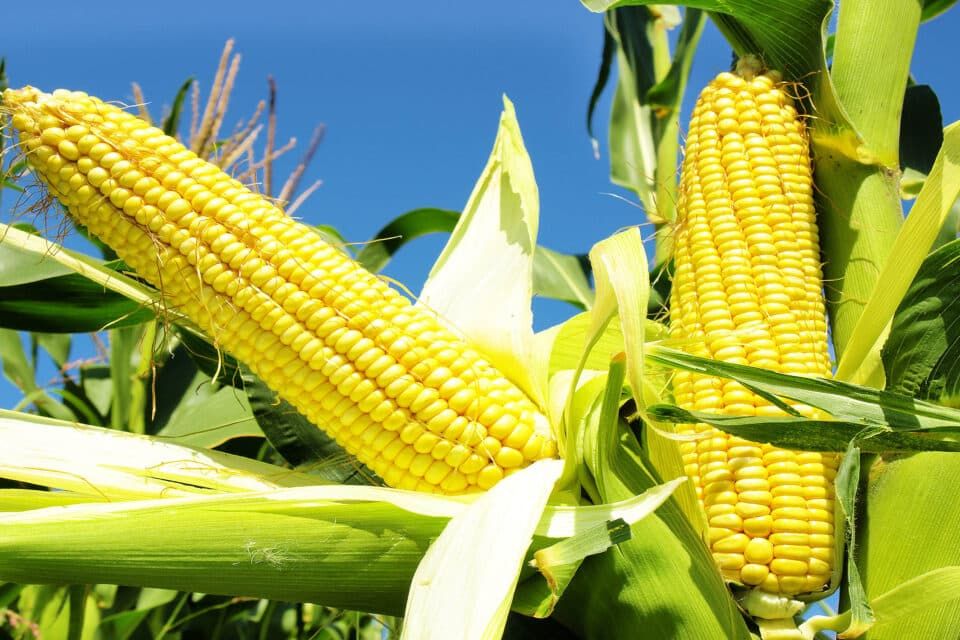Food production is becoming much more difficult due to climate change ByRodielon Putol

Climate change is significantly impacting pollinator activity, leading to a decrease in plant pollen production and diversity. This could have serious implications for global food production.
Researchers from several institutions have meticulously examined the long-term effects of global warming on plant-pollinator interactions.
Climate change, pollinators, and food productionThe study, conducted by researchers at The University of Texas at Arlington, the University of Nevada, Reno, and Virginia Tech, investigates how shifts in flowering times and extreme weather events affect the availability of essential food sources for insect pollinators.
The lead author of the study, Behnaz Balmaki, is an assistant professor of research in biology at UTA. “This research is crucial as it examines the long-term impacts of climate change on plant-pollinator interactions,” Balmaki emphasized.
This study investigates how shifts in flowering times and extreme weather events affect the availability of critical food sources for insect pollinators.
Great Basin: Living laboratory for pollinatorsThe research team, which included UTA’s Masoud A. Rostami, focused their efforts on the Great Basin and Sierra Nevada mountains.
The Great Basin, spanning across 95% of Nevada and parts of California, Oregon, Idaho, and Wyoming, serves as an ideal location for this type of research due to its unique geographical features. The mountains act as a shield, protecting the region from Pacific storms, rain, and snow.
Home to over 200 butterfly species, many of which act as pollinators, the Great Basin region plays a vital role in agriculture.
Pollinators are essential for the fertilization of flowers, enabling them to produce fruit. The research team established 19 sampling sites throughout the region, collecting a diverse sample of butterflies to study their role in pollen distribution.
Warmer climate, no pollination, no foodTo gain a comprehensive understanding of the changes in pollination dynamics over time, the research team collected new samples and examined previously captured butterfly specimens stored at the University of Nevada, Reno Museum of Natural History. These samples, dating back to 2000, provided a wealth of historical data spanning 21 years.
Balmaki emphasized the significance of the study’s extensive historical data analysis, spanning an impressive 21 years. She noted that this long period provides a clear and comprehensive view of the changes in pollination services over time.
“By analyzing 21 years of historical data, a very long period that provides clear views, the research offers detailed perspectives on the consequences of habitat loss, fragmented landscapes and changes in plant assemblages on pollination services,” Balmaki stated.
The study delves into the intricate relationships between pollinators and their environment, shedding light on how factors such as habitat loss, landscape fragmentation, and shifts in plant communities can have profound effects on the ability of pollinators to carry out their crucial role in ecosystems.
Museum specimens reveal alarming trendsBalmaki highlighted the innovative approach employed in the research, which involved utilizing museum specimens to track changes in pollen over time.
)
)
)



)
)
)
)
)
)
)
)
)
)
)
)
)
)
)
)
)
)
)
)
)
)
)
)
)
)
)
)
)
)
)
)
)
)
)
)
)
)
)